Archaeologists Unearth the Oldest Fortified Settlement in Europe
Archaeologists working at a remote site in the wilderness of Western Siberia have stumbled upon the remains of the oldest fortified settlement ever discovered in Europe.
The researchers, with their meticulous reinvestigation of the site and the use of modern carbon dating techniques, have revolutionized our understanding of ancient humans and challenged current notions of settlement patterns.
The Amnya Archaeological Site
During the late 1980s, archaeologists working close to the Amnya River in Western Siberia, a region known for its harsh winters and abundant wildlife, unearthed the remains of several ancient structures now referred to as the Amnya archaeological sites.
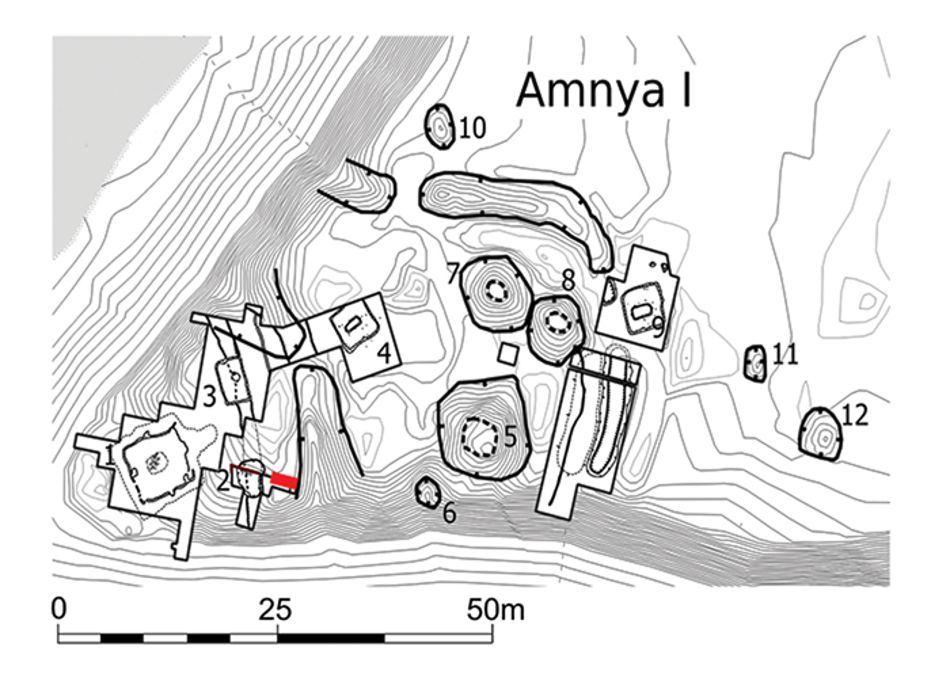
Source: Cambridge University
Several excavations were conducted at the site for several years, beginning in 1987, and several unique structures were uncovered. Yet, due to carbon dating limitations during this era, the structures were never dated.
Carbon Dating Employed at the Site
In recent years, archaeologists have revisited the site and employed modern testing techniques, such as advanced carbon dating and stratigraphical examinations, to gain valuable insight into the region’s history.

Source: Freepik
Initial testing revealed that a small pit house at the site, flanked by a protective ditch, was built sometime around 7000 BCE. Over 1,000 years later, several more ditches were added alongside buildings, banks, and fences, all suggesting the settlement was heavily fortified for the era.
Fortified Settlements Emerge Before Farming
The results of the recent tests were published in Antiquity and suggest ancient humans living in Siberia built extensive fortified settlements before widespread agriculture entered Europe.
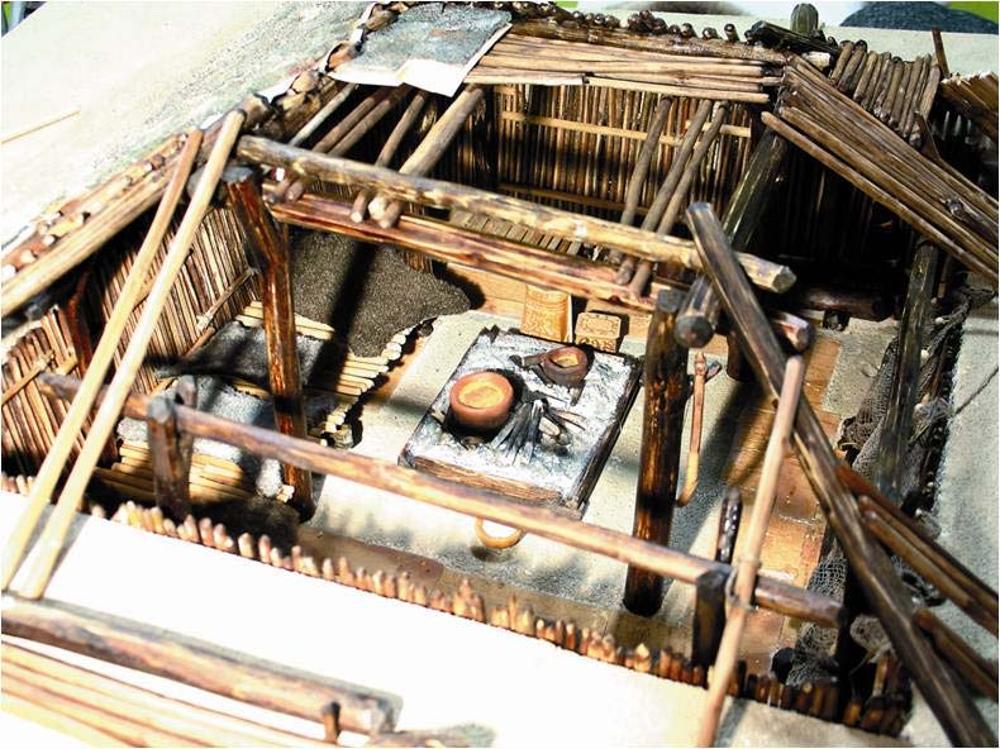
Source: Wikimedia
Researchers suggest this challenges the long-held belief in the anthropological world that agriculture was a prerequisite for human groups to switch from a nomadic lifestyle to a more settled society.
Amnya Site Challenges the Notions of Researchers
A large group of international researchers, led by archaeologists from the Free University of Berlin, suggest that the Amyna site also challenges the accepted ideas of what ancient hunter-gatherers were capable of.
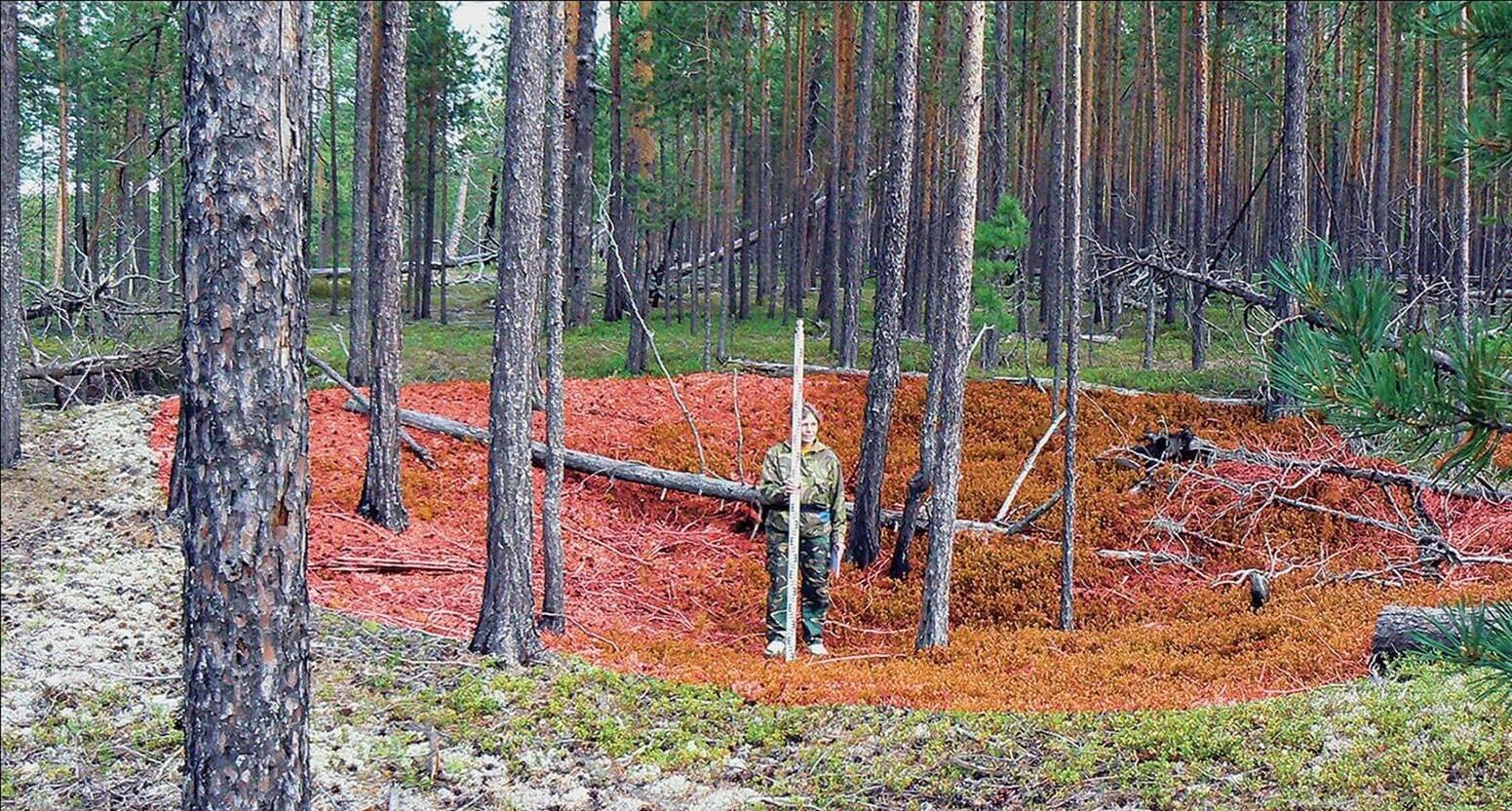
Source: E. Dubovtseva
Essentially, the 8,000-year-old fortified settlement proposes that hunter-gatherers may have been as likely to build long-term settlements as their farming counterparts during the Stone Age.
Ancient Siberians Living a Sophisticated Lifestyle
Tanja Schreiber, from the Institute of Prehistoric Archaeology in Berlin, shared his thoughts on the results of the recent testing.

Source: Wikimedia
“Our new palaeobotanical and stratigraphical examinations reveal that inhabitants of Western Siberia led a sophisticated lifestyle based on the abundant resources of the taiga environment,” he said.
The Bountiful Nature of the Amyna Region
The ancient inhabitants of the Amnya site lived in what is known as the West Siberian taiga. Thousands of years ago, this coniferous forest would have been rich in wildlife, including reindeer and elk.
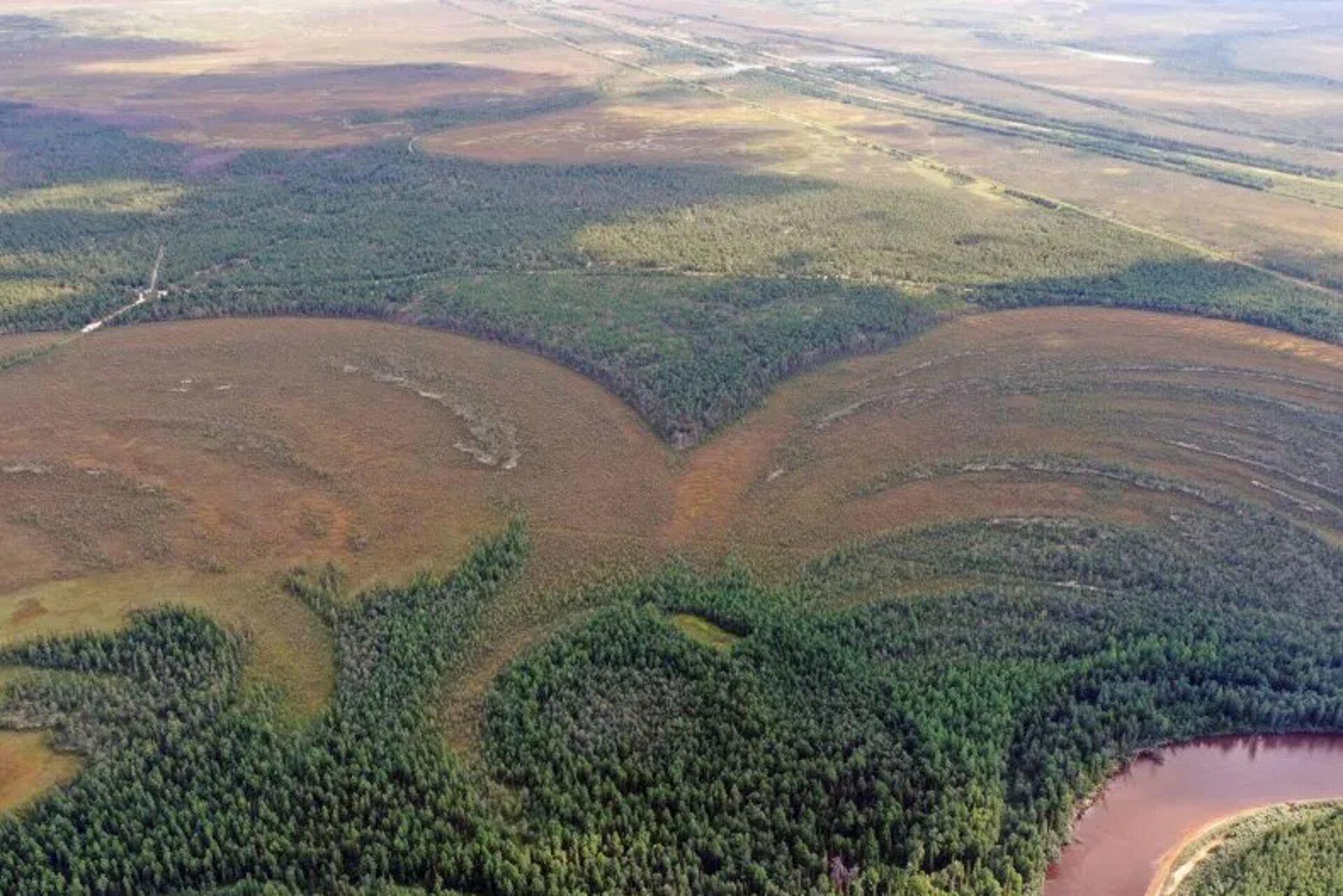
Source: NIKITA GOLOVANOV/ANTIQUITY PUBLICATIONS LTD
The inhabitants of the fortified settlement would have also lived on fish such as salmonids and pike caught in the nearby river.
Why the Fortified Settlement?
While researchers are uncertain as to the main reason behind the fortification of the site, some suggest the hunter-gatherers may have held significant supplies that they wanted to keep out of reach from rapacious raiders and yearning neighbors.

Source: Wikimedia
The archaeologists surmise the site contained a significant amount of food ranging from smoked meats to fish and oils, all of which would have been considered lucrative to neighboring tribes.
Nature Provided Plenty of Sustenance for the Amnya Residents
Regarding the bountiful nature of the surrounding landscape, Piezonka said, “They don’t have to grow or raise resources… The surrounding environment provides them seasonally. It’s like harvesting nature.”
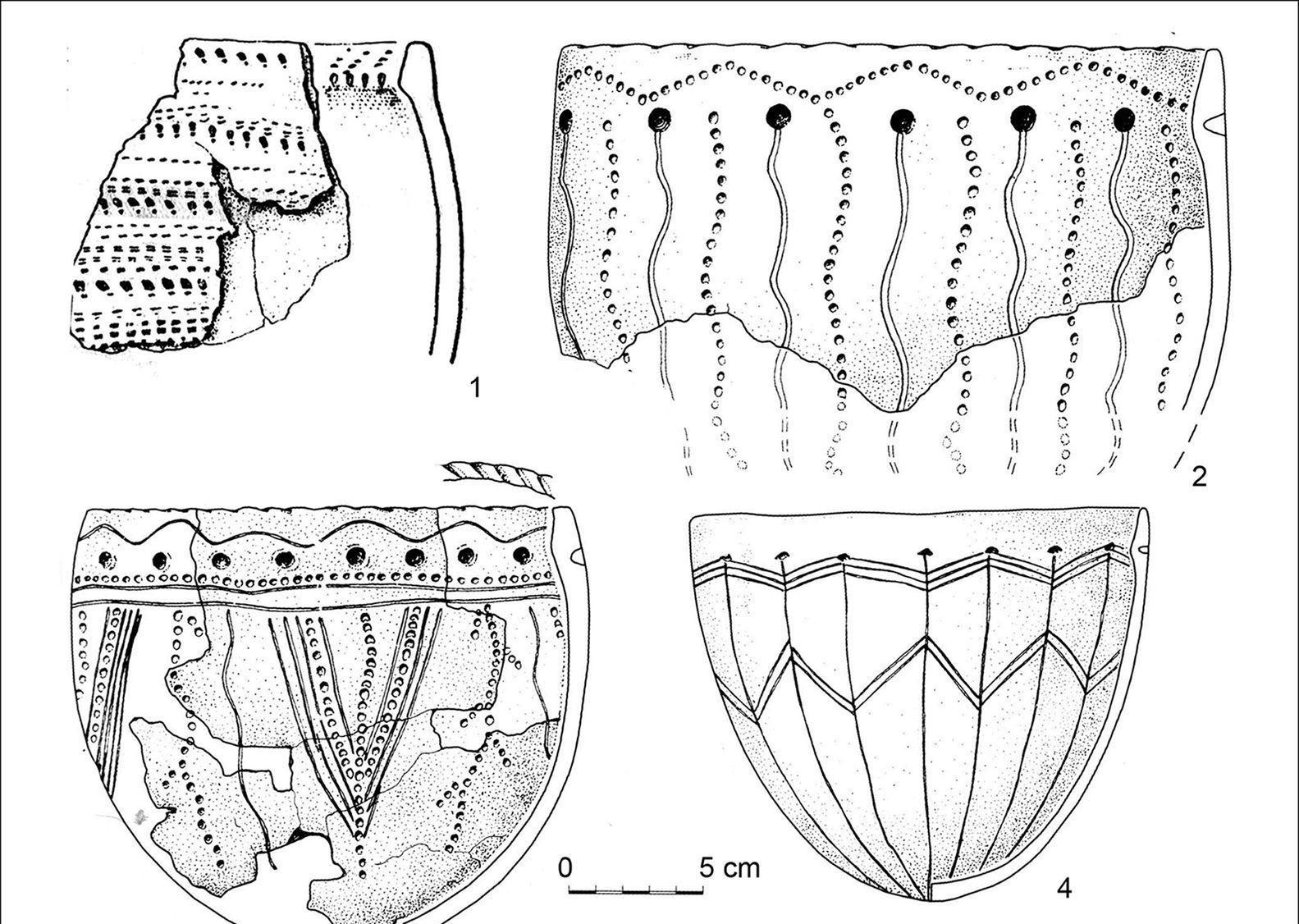
Source: @AntiquityJ/X
Researchers theorize the remains of decorated pottery found throughout the site may have been used to store food they collected.
Seasonal Fortified Settlement
Researchers have yet to answer whether the Amnya settlement was inhabited throughout the year or if it was a seasonal site.
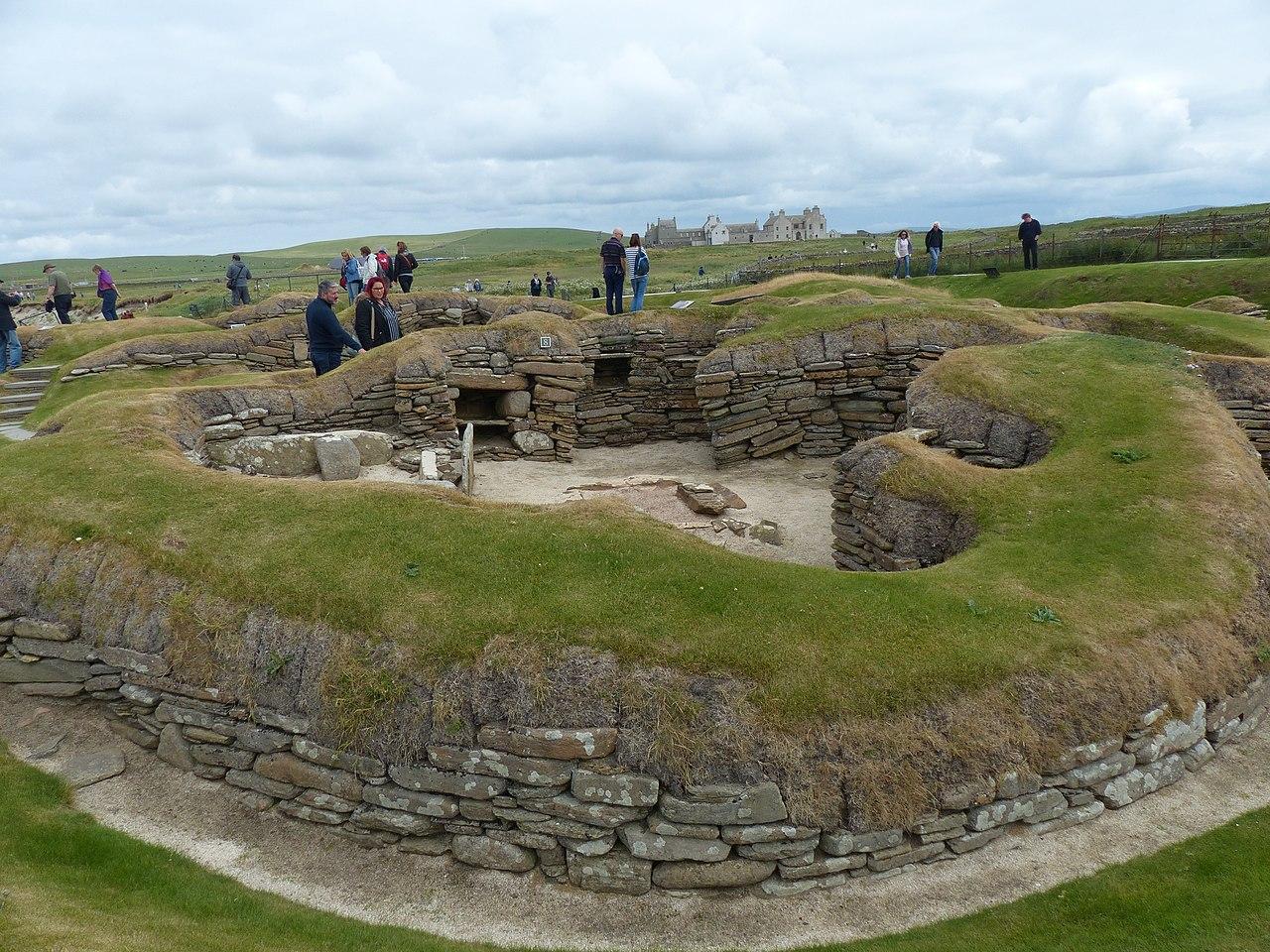
Source: Wikimedia
What’s certain is that the unique site in Western Siberia was certainly utilized for a significant portion of the year, and its hunter-gatherer inhabitants appear to have foraged and gathered an extensive amount of food during their periodic stays.
The Oldest Fortified Settlement in Europe
Similar fortified settlements have been unearthed in other parts of Europe, but none are as old as the Amnya site.
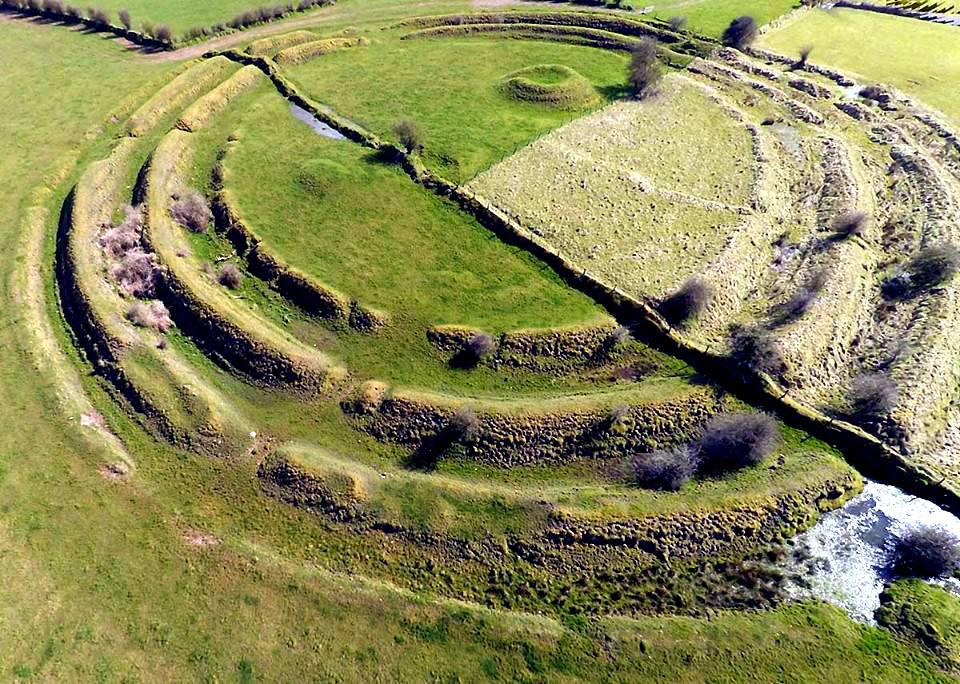
Source: Wikimedia
“The building of fortifications by forager groups has been observed sporadically elsewhere around the world in various – mainly coastal – regions from later prehistory onwards, but the very early onset of this phenomenon in inland western Siberia is unparalleled,” wrote the team of archaeologists.
The Evolution of Complex Societies
Japhet Johnstone of the Free University of Berlin detailed how sites like Amnya are beginning to revolutionize our understanding of early humans, stating, “The findings underscore the diversity of pathways that led to complex societal organizations.

Source: Wikimedia
He added, “They also highlight the significance of local environmental conditions in shaping the trajectories of human societies.”
